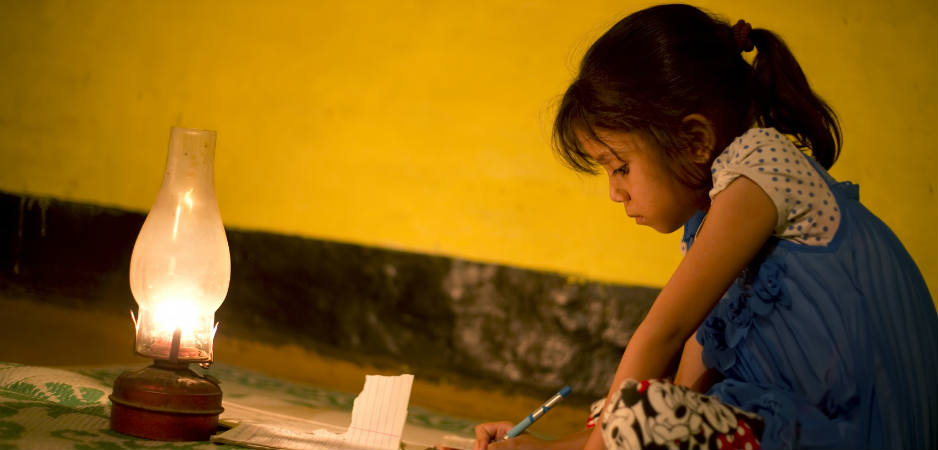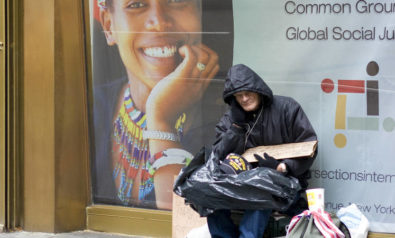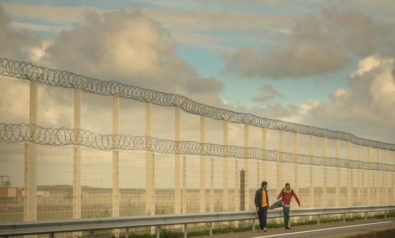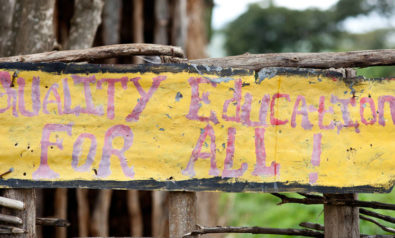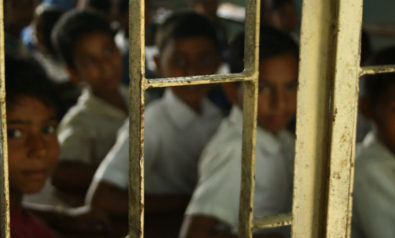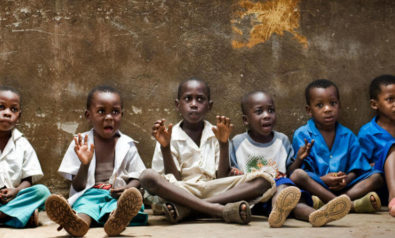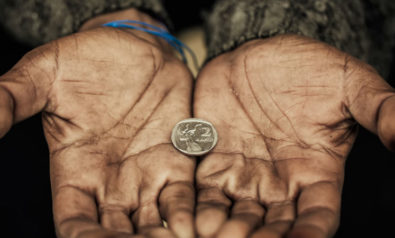Are things getting worse for girls?
My mother was a bright girl with a keen desire to learn, but she was not allowed to continue her education beyond Grade 8 as that meant she had to go to school in another town. Eighty years later, Malala wanted to go to school, but she was shot because of it, even though the school was in her own home town. They shot her to stop her from promoting education for girls. The moot question is: Are things getting worse for girls?
The power of educated girls in transforming society is so sweeping that societies resistant to change have attempted to halt change by first stopping girls from going to school. While this is but expected of such societies, the attitude of most of their governments who have made tall promises before the United Nations (UN) to ensure universal primary and secondary school education is disappointing to say the least. In the year 2000, most of these governments had promised to achieve universal primary school education by 2015. However, a study by the UN in 2014 assessed that the last girl living in poverty will not complete her primary education before 2086. The silence on this monumental failure of the 21st century is deafening.
Empty Promises
Everyday nearly 700 million children go to school worldwide. But missing from amongst them are the 30 million girls living in poverty. The world has let them down with broken promises. The world has not yet achieved universal primary education, and grand new promises of universal secondary education by 2030 ring hollow. These targets are likely to remain mere promises because there is little evidence that relevant lessons have been learnt as we embark on the next ambitious step.
Barriers to girls getting a quality education are often in the schools themselves, where girls do not have separate toilets, teachers are untrained, under-motivated and quite often just absent doing second jobs. Most schools catering to the poor do not have adequate books and infrastructure, and teaching methods are outdated. Many governments in Africa and South Asia are unable to address these issues are have relied upon non-profit civil organizations to step in and promote teachers’ training to construction of toilets.
Many not-for-profit organizations are doing the kind of innovative things that need to be done to bring girls living in poverty a quality educational experience and they are producing good results. They are often doing it at half or a third of the costs incurred by governments.
But there are serious barriers to education of girls outside the school environment due to poverty and bias. Barriers manifest themselves when parents prefer to devote scarce family resources—be it milk or clothes—to the male child, keeping girls at home to take care of chores and siblings while they go out to eke out a living, or when parents concerned about girls’ safety keep girls at home only to get them married off young.
Such barriers to learning are not limited to the developing world. In the USA, an educator named Tiffany Andersen was recently awarded an honorary PhD for her work to transform the performance of Jennings School District of St. Louis County in Missouri. What she brought to this school district of 3,000 underprivileged African-American students over three years with the help of corporate foundations was not better teaching methods but a set of social solutions: a basic health clinic for keeping children at school, a food bank for nutrition, a clothing outlet for free winter wear, an after-school care program and even, for some, a shelter. As she overcame these poverty and class-related barriers, which are a challenge for government systems to handle alone, performance improved significantly.
Innovation and creativity that are essential to overcoming such barriers need the passion, drive and flexibility of the not-for-profit sector, to find and pursue outside-the-box solutions, like Tiffany Anderson did.
Think Pink
When parents want to keep a girl at home doing chores, schools have to come up with schedules which allow for both—work at home and time for school. When parents worry about girls’ security, schools have to come up with safe campuses and secure transportation. When lack of eyeglasses, ill health, poor nutrition and lack of warm clothing affect the child, schools have to find solutions to address these basic needs as a precursor to learning. Vimukti Girls School in Jaipur, India, is a fine example of customizing delivery in the context of girls living in poverty.
When parents cannot provide pre- and post-school care, schools have to be ready to provide support. Where extreme poverty will only keep a girl at school if parents are given cash, it should be done. Cash incentives may be given out by way of scholarships and prizes. When parents want to marry a girl off at a young age, schools have to not only counsel the girl and her parents, but also ensure vocational training to prepare girls for jobs, so that they become income earners for their families and thus fend off pressure to get married.
In India, which prides itself of a Right to Education Law guaranteeing free primary education near one’s home and a prime minister-led campaign to “Educate Girls, Save Girls,” barriers to education for girls, both in school and out of it, are still quite serious. Enrollment is up, but completion rate for girls even at secondary level is shockingly low, besides being of very poor quality. Expenditures have been made on school buildings, many without students.
Governments have also spent money in raising teachers’ salaries, instead of ensuring their attendance, with many teachers working at second jobs. On the whole there has been a lack of will in ensuring quality education at the primary and secondary levels for girls living in poverty. Also, while NGOs have been able to assist in increasing enrollment in rural areas and help improve quality of education in public schools, out-of-school barriers facing girls living in poverty persist and there is a surprising lack of engagement of the government with the NGOs in this field.
Many not-for-profit organizations are doing the kind of innovative things that need to be done to bring girls living in poverty a quality educational experience and they are producing good results. They are often doing it at half or a third of the costs incurred by governments, but they lack scale needed to reach the 30 million girls who are not enrolled. Therefore, governments have to be actively involved to push innovative out-of-the-box approaches developed by NGOs as they launch new programs to bring in girls and increase secondary and high school completion rates. This has to be a global movement and the voices of girls living in poverty have to be heard above the din of hype and sloganeering. Without that, this monumental failure of the 21st century will hold us back as a society while we move into the future.
The views expressed in this article are the author’s own and do not necessarily reflect Fair Observer’s editorial policy.
Photo Credit: triloks
 We bring you perspectives from around the world. Help us to inform and educate. Your donation is tax-deductible. Join over 400 people to become a donor or you could choose to be a sponsor.
We bring you perspectives from around the world. Help us to inform and educate. Your donation is tax-deductible. Join over 400 people to become a donor or you could choose to be a sponsor.
Support Fair Observer
We rely on your support for our independence, diversity and quality.
For more than 10 years, Fair Observer has been free, fair and independent. No billionaire owns us, no advertisers control us. We are a reader-supported nonprofit. Unlike many other publications, we keep our content free for readers regardless of where they live or whether they can afford to pay. We have no paywalls and no ads.
In the post-truth era of fake news, echo chambers and filter bubbles, we publish a plurality of perspectives from around the world. Anyone can publish with us, but everyone goes through a rigorous editorial process. So, you get fact-checked, well-reasoned content instead of noise.
We publish 2,500+ voices from 90+ countries. We also conduct education and training programs
on subjects ranging from digital media and journalism to writing and critical thinking. This
doesn’t come cheap. Servers, editors, trainers and web developers cost
money.
Please consider supporting us on a regular basis as a recurring donor or a
sustaining member.
Will you support FO’s journalism?
We rely on your support for our independence, diversity and quality.


